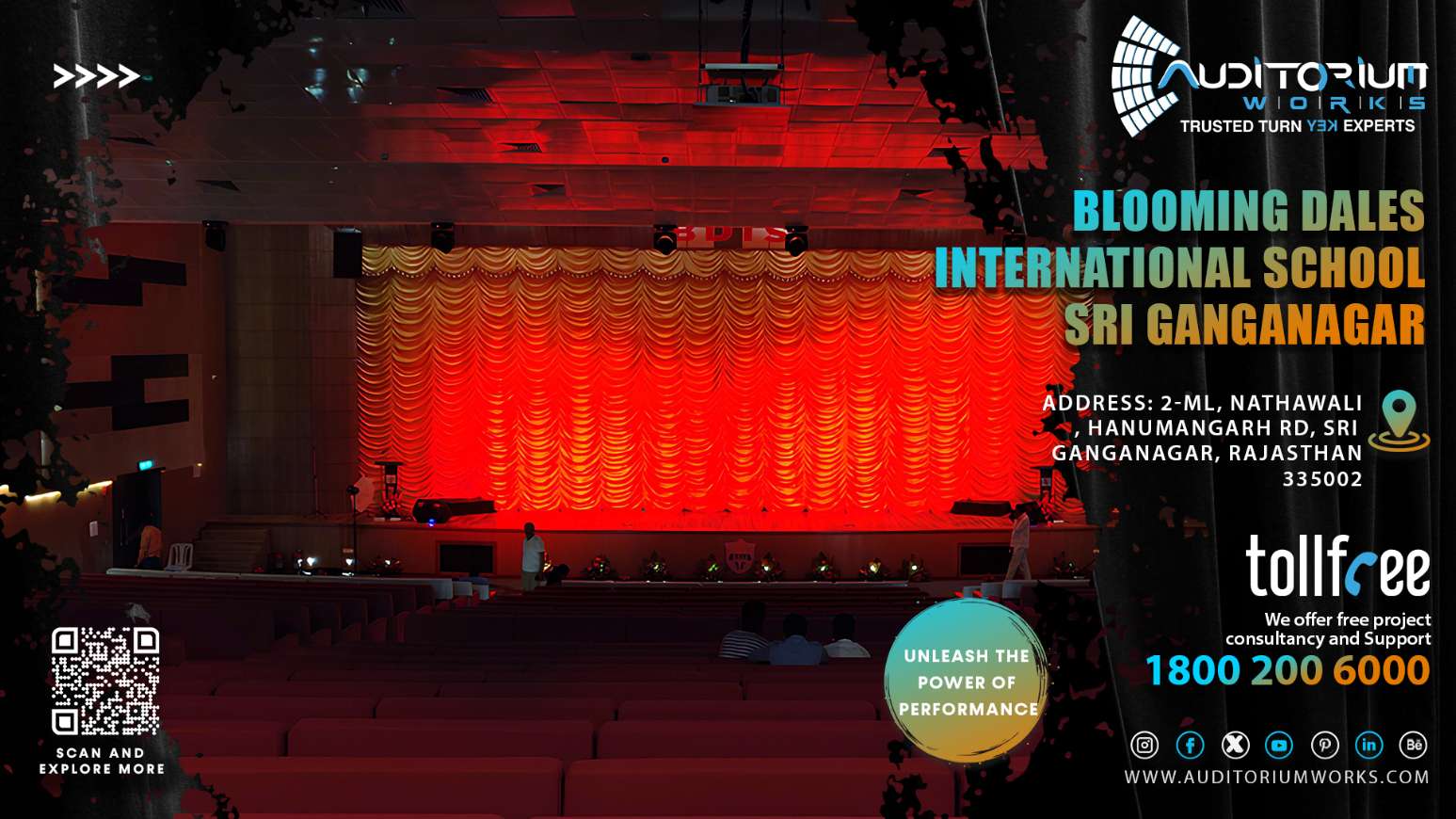The Unseen Power of Auditorium Design: Beyond Just a Space
Auditorium design is far more than just arranging seats within four walls. It’s a subtle art that, when executed correctly, can transform a passive audience into an actively engaged participant. The way an auditorium is designed directly influences the audience’s sensory experience, impacting their attention span, emotional connection, and overall enjoyment of the performance or presentation. From the carefully calibrated acoustics to the meticulously planned sightlines, every element plays a crucial role in fostering a truly immersive and engaging atmosphere.
Acoustics: The Foundation of Immersive Experiences
Poor acoustics can be a significant barrier to audience engagement. Muffled sound, echoes, and distracting ambient noise can quickly lead to frustration and disinterest. Effective auditorium design prioritizes acoustic clarity, ensuring that every word spoken and every note played is heard with precision and fidelity. This involves strategic use of sound-absorbing materials, reflective surfaces, and architectural design principles to control sound waves and optimize the listening experience. Reverberation time, sound diffusion, and noise isolation are key considerations in achieving acoustic excellence, allowing the audience to fully immerse themselves in the performance.
Sightlines: Ensuring Visual Connection and Inclusivity
Unobstructed sightlines are paramount for maintaining audience engagement. When audience members struggle to see the stage or screen clearly, their focus inevitably wanes. Carefully planned seating arrangements, tiered levels, and optimized stage height are essential for ensuring that everyone in the auditorium has a clear and comfortable view. Eliminating visual obstructions, such as support columns or low-hanging fixtures, is crucial. By prioritizing sightlines, auditorium designers create a sense of inclusivity and allow every audience member to feel connected to the performance.
Seating Design: Comfort and Connection
Audience comfort directly impacts their ability to focus and engage with the performance. Uncomfortable seating can lead to restlessness, fidgeting, and a general sense of unease. Ergonomically designed seating, with adequate legroom and lumbar support, is essential for promoting comfort and reducing distractions. The arrangement of seating also plays a crucial role in fostering a sense of community and connection among audience members. Thoughtful seating layouts can encourage interaction and create a more shared and engaging experience.
Lighting: Setting the Mood and Enhancing Focus
Lighting is a powerful tool for shaping the audience’s perception and enhancing their engagement. Strategically designed lighting can create a specific mood, highlight key elements of the performance, and direct the audience’s attention. Dimmable lighting allows for seamless transitions and creates a dynamic visual experience. By carefully considering the color, intensity, and direction of light, auditorium designers can create a truly immersive and captivating atmosphere.
Technology Integration: Enhancing the Experience
Modern auditoriums often incorporate advanced technology to enhance the audience experience. High-quality projection systems, interactive displays, and surround sound systems can create a more immersive and engaging environment. Smart technology, such as automated lighting and sound controls, can streamline performances and presentations. By strategically integrating technology, auditorium designers can create a truly cutting-edge and engaging space.
Creating a Holistic and Engaging Environment
Ultimately, successful auditorium design is about creating a holistic and engaging environment that stimulates the senses and fosters a deep connection between the audience and the performance. By carefully considering acoustics, sightlines, seating, lighting, and technology integration, auditorium designers can create a space that enhances the audience’s experience and leaves a lasting impression. Investing in thoughtful auditorium design is an investment in audience engagement, ultimately leading to more successful events and a more vibrant cultural landscape.



